
It’s pointless to post another mere review of the latest film in the Star Wars saga, The Rise of Skywalker. This is especially true, since discussions of even the most basic plot elements will be considered egregious spoilers by many. Many critics have already written about the elements that make the film a disappointment, including its video-game narrative structure, its disregard for its immediate predecessors developments, the lack of new themes or ideas, and the relative dearth of humor. The plot has been described as convoluted, but it’s also pandering to certain fans, and needlessly “solves” mysteries that could have been left alone, while creating new plot holes that you could drive a Super Star Destroyer through. All of this could be forgiven, though, if there was something new and interesting to look at. Visually, the film is a dull retread of prior designs and compositions, and the last third is basically completely blue.
One of the things that separates the films directed or supervised by George “the maker” Lucas from the J.J. Abrams-helmed films in particular, is the choice of a limited cinematic language and grammar. This set of techniques has gradually accreted more and more elements over the course of the series, until there is no difference now between a Star Wars movie and any other major blockbuster franchise film, other than perhaps the quality of the John Williams score.
George Lucas was one of the first couple generations of film directors who came into the industry through film school. He consciously modeled many aspects of Star Wars on films he studied at USC, as well as those he saw growing up. When it came time to hire a director for the sequel to the original film, he chose someone also steeped in the film school culture, Irvin Kershner, one of his instructors from USC.
Probably the most obvious and well-documented influence on the cinematic grammar of the original Star Wars trilogy were the films of Akira Kurosawa. From such models as The Hidden Fortress, Lucas drew a narrative adventure structure, the concept of the two menial point-of-view characters (the droids) to frame the main story, and such visual cues such as the “wipe” transition between scenes. He also adopted Kurosawa’s multi-camera filming technique during production of the Star Wars. Of course Kurosawa was not Lucas’s only model. The “episodic” nature of the films was an homage to serials in sci-fi and other genres, like Buck Rogers or Flash Gordon. The X-wing dogfights were directly copied from WWII fighter footage.
Perhaps less commented upon, however, are the elements of film grammar that Lucas chose to eschew when he developed the style of Star Wars. Some of the things that he avoided in the Original Trilogy include:
- Hand-held camera shots
- Snap zooms
- Voice-over narration, particularly coupled with montage sequences
- First person POV shots
- Flashbacks and non-linear narrative sequencing
- Large narrative leaps in time
- Visualized dream sequences
- Songs in a contemporary style, or with English lyrics
- On-screen explanatory titles (excluding the famous “Opening Crawls”)
- Slow-motion
By limiting the cinematic means, Lucas and his collaborators on the Original Trilogy were able to achieve several things that separated the Star Wars films from the typical modern blockbuster that followed in its footsteps. The tone was consistent and unique, and helped make the clunky dialogue, plot inconsistencies, and the like basically irrelevant. (Yes, like the Force, those have always been with us, but we tend to forgive them in the earliest films of this series.) Lucas was telling a fairy tale, and the choice of cinematic technique reinforced this and taught us what to focus on in his story.
When Lucas returned to the universe he had seemingly left behind in 1983, the Prequel Trilogy of 1999-2005 eventually became marked by the opening up of some of this limited cinematic language. As he moved earlier in the timeline of his series, his storytelling ironically became less mythical, and more psychological and political. Star Wars Episode I: The Phantom Menace is the most conservative in maintaining the limits of film grammar established in the Original Trilogy, though there is a brief and odd shot from the POV of C-3PO. I can still recall my surprise at seeing the rapid zoom in to focus on a Clone tank across the battlefield of Geonosis in the climax of Episode II: Attack of the Clones. Such a radical, if brief, break from the established camera style seems as shocking as a major character death to me. Episode III: Revenge of the Sith was the longest and most convoluted of the Star Wars films to date, and Lucas expanded the film grammar even further, giving us a visualization of Anakin Skywalker’s dreams, and a disconcerting POV shot as the Darth Vader mask is lowered onto his face.
These cracks in the facade were broken even more when Lucas handed over the reins of his franchise to his successors, and his company to the corporate behemoth Disney. The second film released under the Disney banner, Rogue One: A Star Wars Story, dispensed with the iconic opening crawl of text, but added titles throughout the film to let the audience know the name of the planet in new scenes. Disrupting the style more fundamentally, the narrative began with a prologue that then jumped forward a great deal in time (Solo: A Star Wars Story did this as well), and then liberally employed flashbacks to fill in the main character’s backstory. It can’t be overstated how this narrative choice, even more than the moral greying of the central heroes, changes the perception of how Rogue One feels out of step with the mythic storytelling of the Original Trilogy.
When J.J. Abrams launched the Sequel Trilogy with Star Wars: The Force Awakens, it has rightly been noted that he repeated so many story beats from the original Star Wars as to make it virtually a remake. That choice is both the strength and weakness of his films. While George Lucas, student of film history, looked backwards to both high and low models in classical Hollywood and foreign films, nostalgist J.J. Abrams seems to only be able to reach back as far as the films of Steven Spielberg and…well, George Lucas. Lucas paid homage to John Ford’s The Searchers in Attack of the Clones, in a sequence where Anakin steals into the Tusken Raider encampment. Abrams paid homage mainly to Star Wars. True, there is a shot in The Force Awakens that uncomfortably evokes Triumph of the Will, but it’s hard to credit something that has become such a cliche in films of this kind.
Director Rian Johnson, seemingly much more of a cinephile than Abrams, filled The Last Jedi with clear homages to movies as diverse as Wings (1927) and The Long Goodbye (1973). His deeper file of references seems to contribute to a richer film that critics and many fans responded to eagerly. In this way, his film is closer to the types of visual inspiration Lucas used for his films. However, Johnson intensified the trend of expanding the cinematic narrative devices seen in a Star Wars saga film by including not only flashbacks, but repeated flashbacks of the same event with conflicting points of view.
In the new installment, The Rise of Skywalker, the journey to the Dark Side…er, the cinematic grammar of conventional blockbuster filmmaking, is complete. With the addition of voice-over montage, the recurrence of flashbacks and visualized dreams or memories, and a virtual dearth of visual reference to anything outside of prior Star Wars films (other than maybe Alex Proyas’s Dark City, and one shot evoking George Lucas’s THX-1138) there seem to be few restrictions on the cinematic techniques in a Disney Star Wars film. The film’s narrative structure, which seems like a Star Wars-skinned MYST game, but with more boss battles, no longer conveys the tone of a fairy tale, nor does it permit many intimate moments to indulge in characters for their own sake, rather than for advancing a frantic plot. I need to see the film again to notice if the famous wipes and iris-outs were even retained, one of the most low-key but consistent elements of the Star Wars visual style. The continued divergence from the established Star Wars aesthetic was signalled very clearly before the film was even released, with a trailer that featured a Matrix-style slow motion acrobatic leap by Rey. This treatment of action is parsecs away from the tame waving of light swords in the original film.
The accumulation of narrative techniques, though consolidated with Disney’s ultimate creation-by-committee approach, was one that was gradually introduced by the singular visionary who created Star Wars to begin with, and so can not be wholly blamed on Abrams or Disney suits. In many ways, Star Wars evolved beyond what Lucas could have ever imagined, and the scrappy film he made in 1977 using a limited film grammar and inspired by classic cinema has metamorphosed into a behemoth that can no longer be contained with the narrative and visual confines he started with. When it comes to the film’s construction, Star Wars now aims to beat other franchises by joining them.






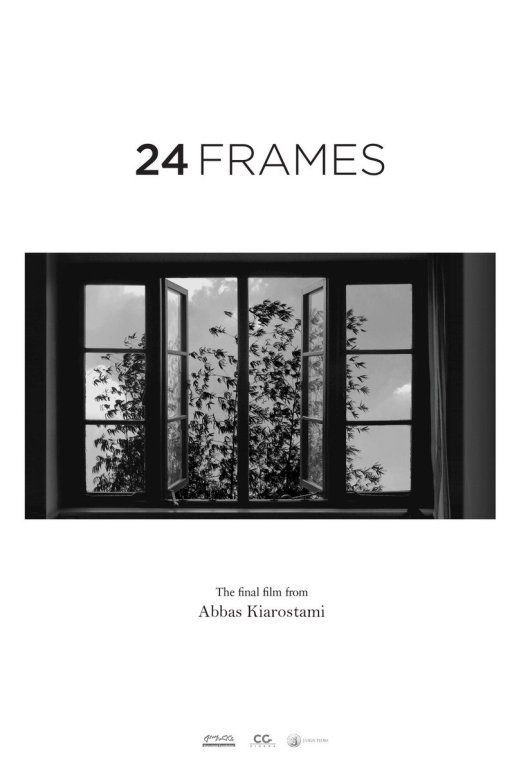




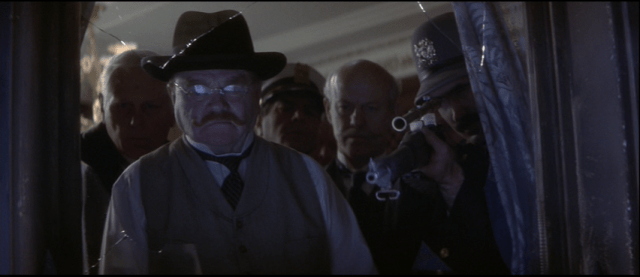
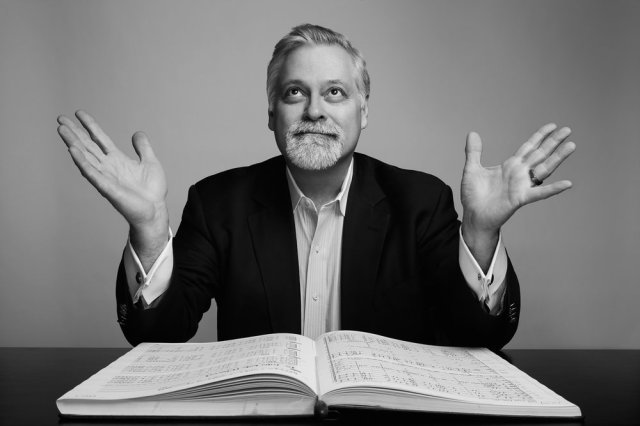

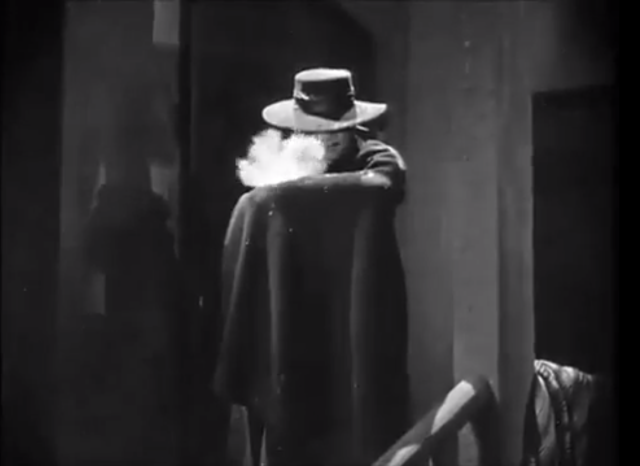
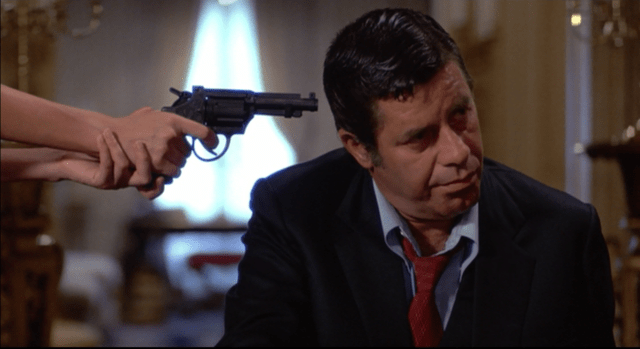
You must be logged in to post a comment.